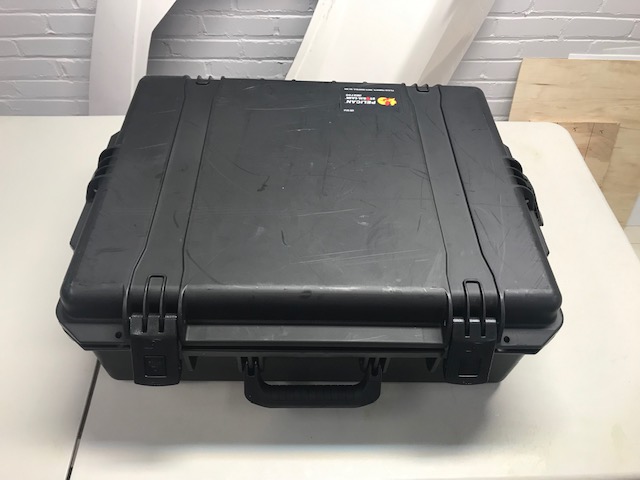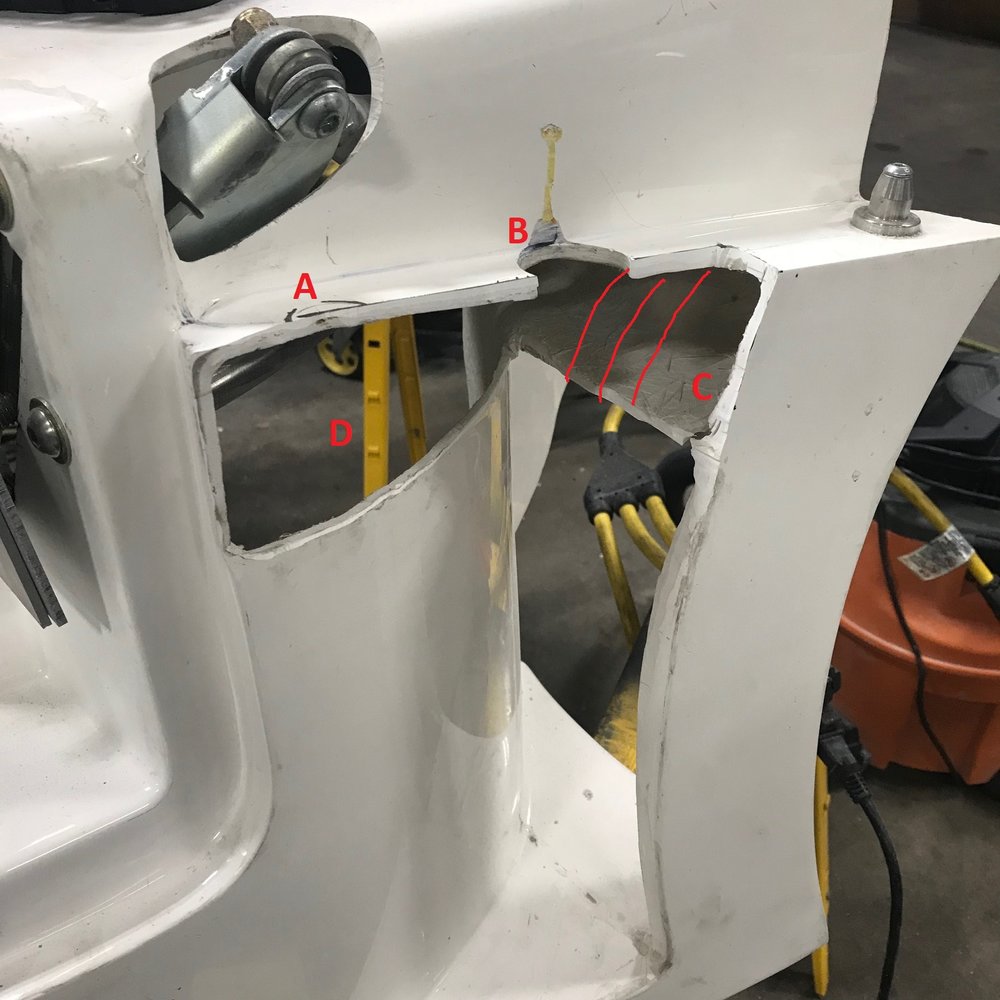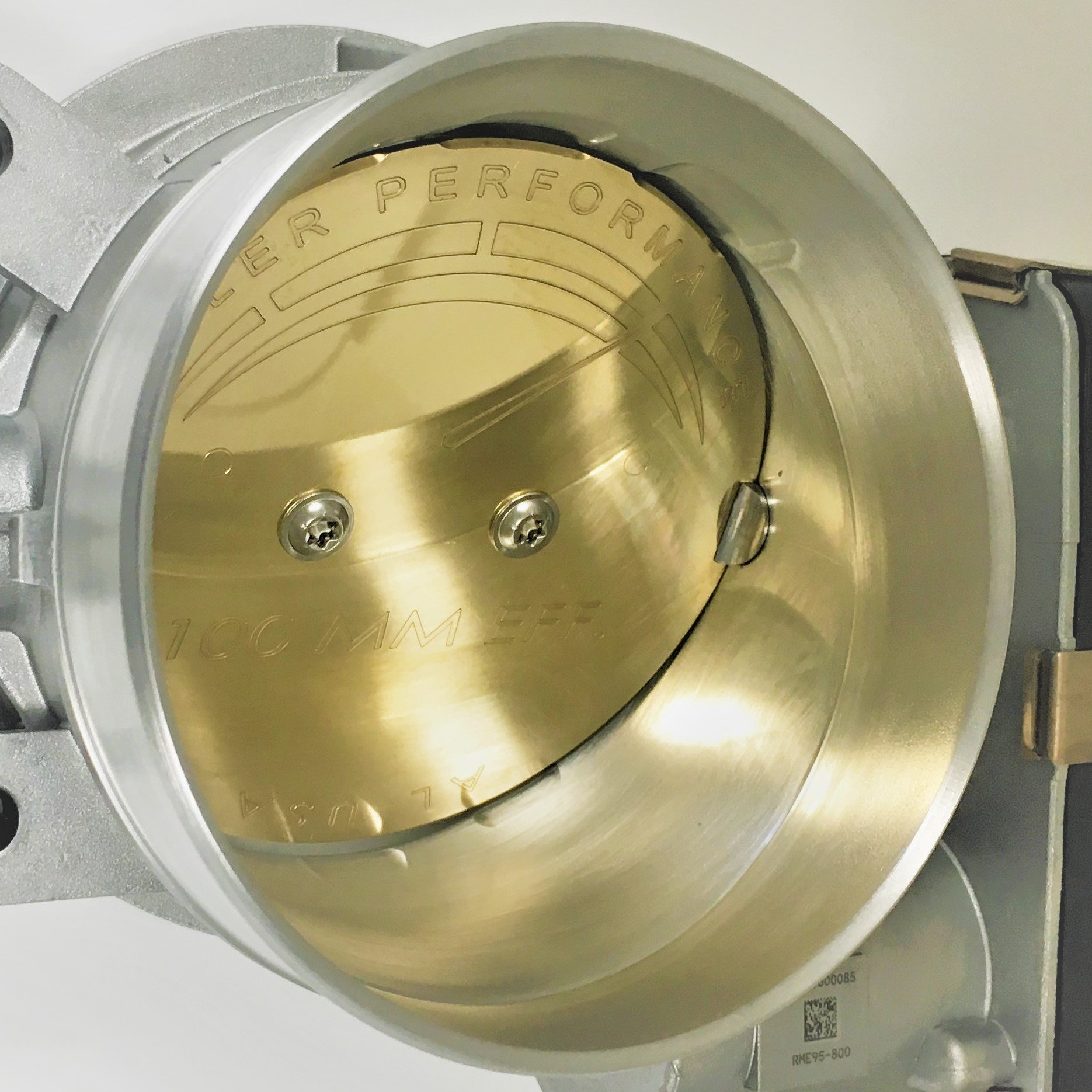Scott
Lifetime Supporter
Mesa, I think you're talking about 2.5 above, but with the black side scoops. Below are three renderings with increased vent heights:
A: requires no changes to the front vent
B: provides room for the aero catches in the standard location;
C: IMO this version looks best. As you point out the visible fiberglass is easier than B because there is no need to maintain the thin section of body or the panel gaps above the vent. The big question is how to get the aero catches to work. I think the rear one could be slid back and hid in the vent. The front will be a challenge.
I'm traveling until the end of August so I can't look at the car to see how complex it would be. If you have any pictures of how you solved the problem, please post them.
I have a custom C&R radiator/shroud up front, so I'm not going to consider moving the cooling to the rear.

A: requires no changes to the front vent
B: provides room for the aero catches in the standard location;
C: IMO this version looks best. As you point out the visible fiberglass is easier than B because there is no need to maintain the thin section of body or the panel gaps above the vent. The big question is how to get the aero catches to work. I think the rear one could be slid back and hid in the vent. The front will be a challenge.
I'm traveling until the end of August so I can't look at the car to see how complex it would be. If you have any pictures of how you solved the problem, please post them.
I have a custom C&R radiator/shroud up front, so I'm not going to consider moving the cooling to the rear.






